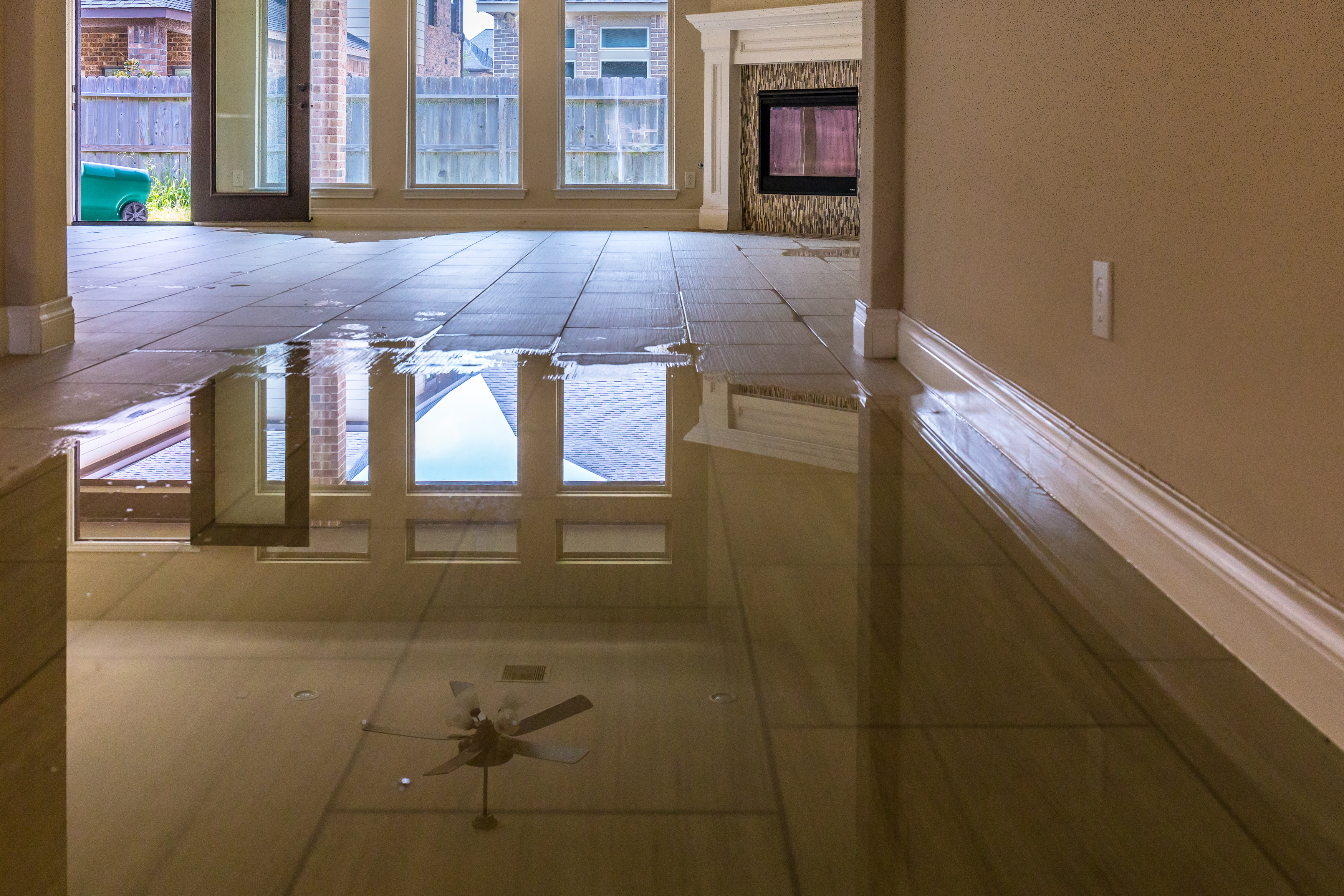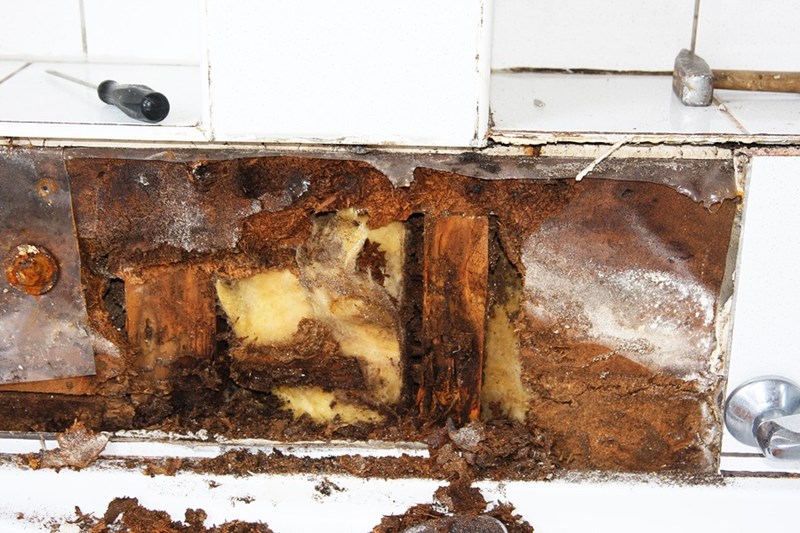Just how to Fix and also Stop Bathroom Water Damage
Just how to Fix and also Stop Bathroom Water Damage
Blog Article
How do you really feel on the subject of How to Repair and Prevent Bathroom Water Damage?

The washroom is exceptionally vulnerable for wet accumulation as well as possible water damage as a result of the frequent use water in it. This article provides straightforward evaluation methods to aid finding water damage threats.
The frequent use water in the bathroom makes it incredibly prone for wet accumulation as well as potential water damage. By evaluating it routinely, you can minimize water related damages.
The adhering to set of assessments is very easy to execute and also ought to be done once in every three months in order to maintain your bathroom in good shape as well as to stop potential water damages triggered by the bath tub, the shower, pipe joints and also plumbing, sinks, cabinets, as well as the bathroom
Do not forget carrying out these inspections and also be comprehensive while executing them. Remember that these easy assessments can save you a lot of cash by giving early indicators for water damage
Sinks as well as Cabinets
Sinks and cupboards are subjected to dampness and also moisture daily as well as are usually overlooked. Examine on a regular basis under the sink as well as on the counter top over it. Repair any kind of drip in the trap as it might recommend drain troubles. Check out the sink, sluggish draining pipes may show a blocked drainpipe. Replace sink seals if they are broken or loose.
Bath tub as well as Shower
The shower as well as bathtub call for special interest as well as maintenance. Check the tiles as well as replace if broken. Make certain that there is no missing grout between the ceramic tiles. Inspect and change fractured caulking at joints where the walls meet the flooring or the bath tub. Clogged drains and also pipelines issues will certainly stop the tub from drying and may show significant troubles underneath the tub. Seek advice from a specialist promptly to avoid structural damages. Focus on discolorations or soft areas around the bath tub walls as they may show an internal leakage.
Plumbing
Signs for water damages are difficult to identify considering that a lot of pipes are installed inside the wall surfaces.
Pay unique focus to floor covering and also walls moisture as well as stains as they might indicate an invisible plumbing issue. Examine dampness degrees in adjacent spaces as well.
The Commode
The bathroom is a vulnerable water joint. Inspect the water lines and look for leakages around the toilet seat, in the tube, as well as under the water container. If you spot any indicators of wetness on the floor around the commode, look for leakages in the toilet rim and also storage tank seals.
Know that hanging commode bowl deodorants raises the possibilities for clogs.
Water Damage Signs In The Bathroom To Avoid Cleanup
Musty smell
This is one of the easiest signs to catch because musty smells are so odorous. The damp, earthy, moldy smell should be a big red flag. The smell will develop when moisture gets trapped in surfaces, and begins to facilitate mold growth. Leaking pipes under cabinets, inside walls, and behind shower fixtures will cause moisture to stay trapped and not dry, which will lead to mold growth and spread. As soon as you notice any musty smells in your bathroom, have it checked for hidden water damage and cleanup signs.
Visible mold
If the smell isn’t there to give it away, sometimes you will actually see mold growth. Finding mold in your bathroom is a serious problem, because mold is very harmful to your health. By the time mold growth is visible, it also means that water damage has already occurred and been present for some time. The only way the mold problem can be resolved is to find the source of the moisture and get it stopped. To safely and adequately remove mold, you need to have professionals handle the remediation. Do not waste any time in getting mold problems addressed, fixed, and sanitized so that you can protect you and your family from the many respiratory symptoms caused by mold exposure.
Damaged floors
Bathroom floors should be able to withstand some exposure to water while still remaining in good condition. However, when excess exposure or water leaks occur, they will begin to damage even the most water-resistant flooring. If you notice any cracking, bubbling, staining, or warping on your bathroom floors, there is probably a water leak somewhere causing the distortion. If you notice areas of the floor have become softer, or even have a spongy feeling, there is probably damage to the subfloor. Subflooring is typically made up of plywood. When plywood is exposed to water or moisture, it will absorb it. Once it has become saturated, the weight of the excess water will cause the wood to swell and soften. Check the floors in your bathroom frequently to catch any of these sings before they lead to damaged subflooring.
Changes on walls
When water leaks behind walls, it will cause changes in the drywall. Peeling plaster, blistering paint, and soggy wallpaper are all good indicators that excess water is building up behind the wall. Water leaking behind drywall will cause it to swell and be soft to the tough. If you start to notice gaps along the trim of your walls, or where tile meets the wall, it could also be a strong indicator that there is a leak behind the wall. Any changes, distortion, or damage on the walls should be evaluated as soon as you notice it to prevent further water damage and cleanup.

As a person who reads about Looking for Signs of Water Damage in the Bathroom, I think sharing that piece of content was worthwhile. Liked our write up? Please share it. Help another person find it. Bless you for your time. Visit again soon.
View More Report this page